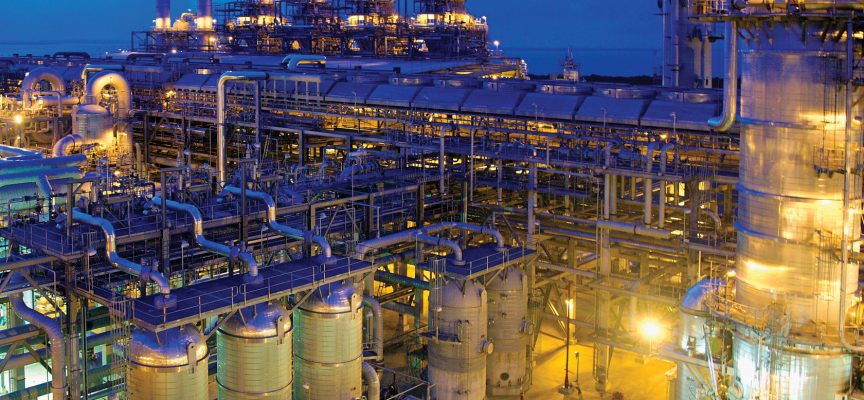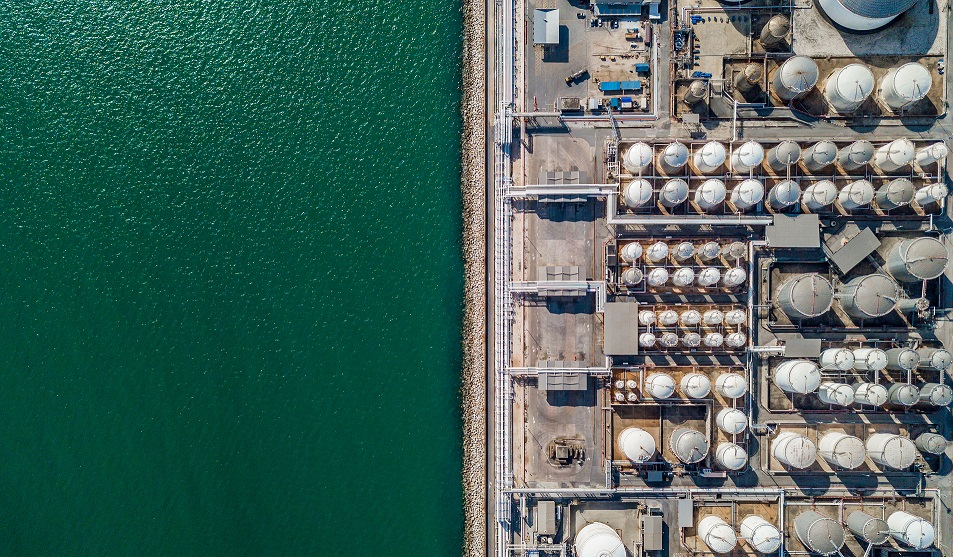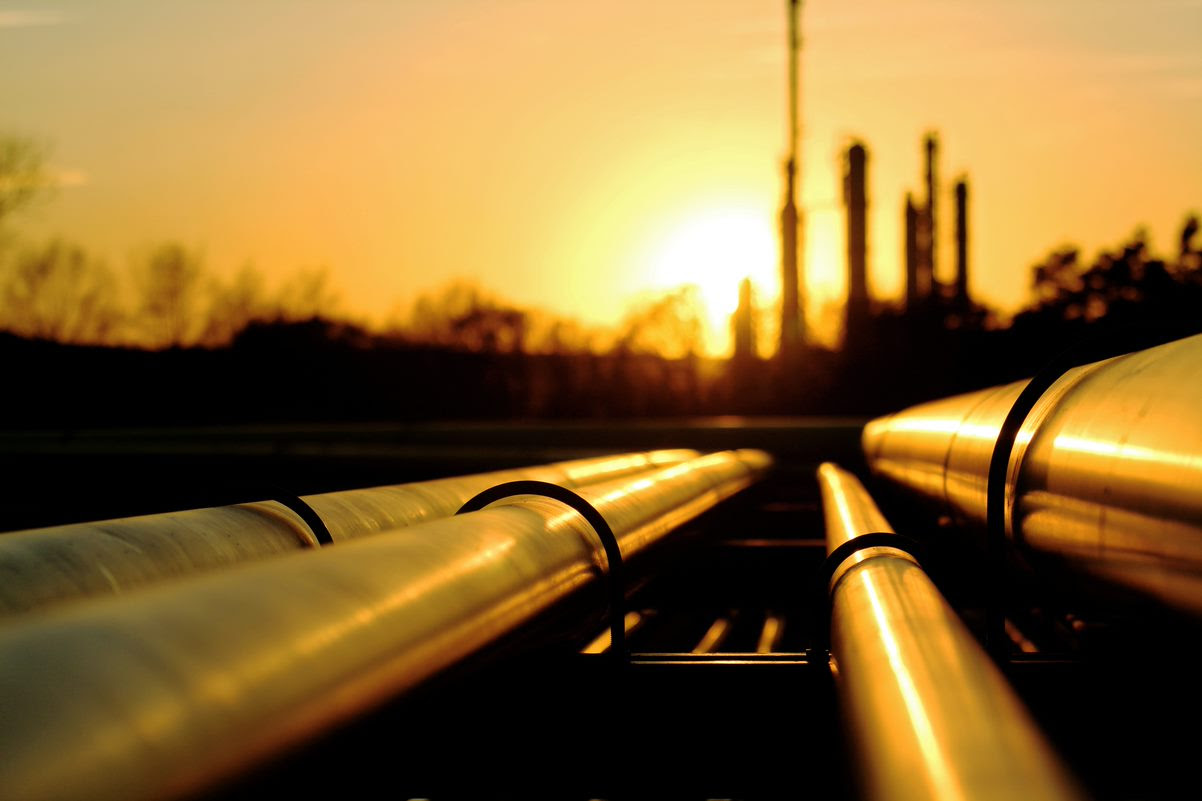A report published by Australia’s national science agency, CSIRO, provides an assessment of options to mitigate and offset greenhouse gas (GHG) emissions associated with potential production and Australian consumption of gas extracted from the Northern Territory’s Beetaloo Sub-basin.
The research addresses a recommendation of the 2018 Scientific Inquiry into Hydraulic Fracturing in the Northern Territory, chaired by the Honorable Justice Pepper. Recommendation 9.8 was seeking to understand potential greenhouse gas emissions as a result from any onshore gas produced in the NT in order “That the NT and Australian governments seek to ensure that there is no net increase in the life cycle GHG emissions emitted in Australia from any onshore shale gas produced in the NT”.
The research was undertaken by CSIRO as part of GISERA, an alliance led by CSIRO which is a collaboration between CSIRO, commonwealth, state and territory governments and industry.
GISERA’s purpose is to work with the community to undertake research about the potential or actual impacts of gas development, across major environmental and socio-economic topics. The type of research projects GISERA delivers is decided by committees in each geographical region, with the community voice in each committee always carrying the greatest weight. All research is publicly reported and peer reviewed.
The Beetaloo Sub-basin is situated southeast of Katherine in the Northern Territory and spans approximately 30,000 square kilometres. It has been identified as a potential area for gas production, with estimated resources of similar size to other major gas producing basins in Australia, such as the Surat Basin in Queensland and the Bonaparte/Browse basins in Western Australia.
Research methodology and findings
- As there is currently no gas production in the Beetaloo Sub-basin, CSIRO researchers used a set of production scenarios spanning 2025-2050 to calculate the estimated annual and lifetime emissions. Researchers then assessed options for mitigating or offsetting the emissions estimated in these scenarios.
- The report was directed to provide technical analysis to estimate emissions and assess mitigation options only, and does not consider other social, environmental and policy factors.
- Four scenarios considered production of 365 PJ/year and one scenario of 1,130 PJ/year, with a variety of end use cases for the shale gas. The estimated annual emissions associated with these scenarios range from 6.6 million tonnes (Mt) to 33 Mt CO2e/year. For comparison, Australia’s actual GHG emissions in the 12 months to March 2022 were 487.1 Mt CO2e.
- Total lifetime emissions (25 years) to be abated under these scenarios ranged from 164 Mt to 826 Mt CO2e.
- In terms of emissions intensity, gas delivered to Darwin was estimated at 8.85 kilograms of C02e per gigajoule (GJ) of raw gas input.
- Currently more than 7 Mt CO2e/year of mitigation and offsets could be available within the Northern Territory, including mitigation activities during production, potential carbon capture and storage based out of Darwin, savannah fire management and other land-based offsets.
- A further 79 to 156 Mt CO2e/year of abatement or offsets is available outside the NT but within Australia, of which this study assumes ten per cent (7.9 to 15.6 Mt/year) would be available for Beetaloo gas development.
- All scenarios assumed that the source of onshore shale gas would be the Beetaloo Sub-basin and that extracted gas would be processed before being transported by pipeline to Darwin for further processing and use.
- The mix of mitigation or offset options assessed for each scenario depended on scale, availability over the lifetime of the gas development, technical feasibility, indicative cost, and a priority for local, well-governed schemes. They included mitigation activities during production, potential carbon capture and storage based out of Darwin, savannah fire management and other land-based offsets.
- It showed that for the lower impact scenarios (365 PJ/year production) the majority of GHG emissions could be mitigated or offset with options available in Australia. The higher impact scenario (1,130 PJ/year production) would require international offsets in addition to mitigation and offsets within Australia.
- These estimates of abatement/offset potential are based on data in the latest CSIRO research Assessing Australia’s Carbon Sequestration Potential provided to the Climate Change Authority.
GISERA Director Dr Damian Barrett said this research responds to community concerns about GHG emissions and provides valuable information to inform discussion around managing impacts of potential onshore gas resource development.
“This report provides a precise technical analysis of the greenhouse gas emissions associated with onshore gas production scenarios, and important information about mitigation and offset options within the Northern Territory and elsewhere in Australia,” Dr Barrett said.
About the report
The research program was conducted through the CSIRO’s Gas Industry Social and Environmental Research Alliance (GISERA) to inform discussions around proposed onshore gas development in the region.
It addresses recommendation 9.8 of the Scientific Inquiry into Hydraulic Fracturing in the Northern Territory (2018),: “That the NT and Australian governments seek to ensure that there is no net increase in the life cycle GHG emissions emitted in Australia from any onshore shale gas produced in the NT”.
This research was funded by the CSIRO (25%), Commonwealth (68%) and Northern Territory (4%) governments, and industry (3%). It was approved by GISERA’s NT Research Advisory Committee in July 2020 in response to community concerns about GHG emissions from onshore gas development.
This study forms part of a suite of other research activities conducted through CSIRO’s GISERA in the Northern Territory, which include research into groundwater, biodiversity, stygofaunal communities, background seismicity, microbial degradation of chemicals, methane emissions from drilling, transport impacts and decommissioning.
GISERA is a national collaboration between commonwealth, state and territory governments, CSIRO and industry, established to undertake independent research in the public interest around the social and environmental impacts of the onshore gas industry.





